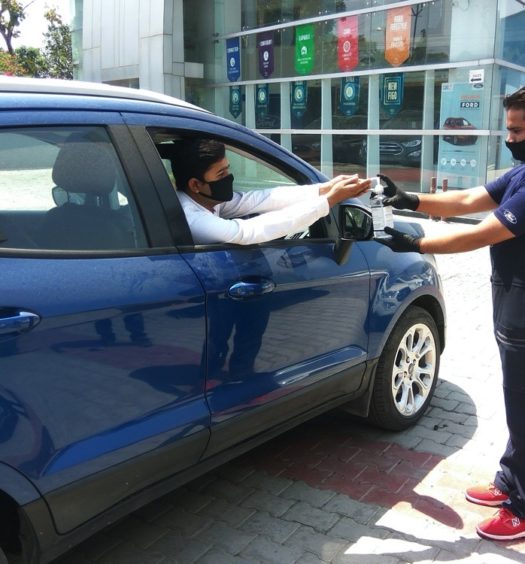Performance Car Tyres: A comprehensive guide
Your ride may be a Lamborghini or a Ferrari, Porsche or a Bentley yet the most important common part of these vehicles are its Tyres. Tyres are the only point of contact between the car and the road, so tyre choice is critical to getting the best grip and traction, not to forget better fuel economy and ride comfort.

All tyres are classified by its performance criteria which are acceleration, braking, handling and traction. More so in this case of Super cars or high performance tyres where comfort takes a back seat.
The width and aspect ratio of a tyre greatly influences its performance. In general, higher performance tyres have a lower aspect ratio than tyres for local /everyday use. This increased performance depends on lateral stability, which improves with a lower aspect ratio. Lateral stability is essential in performance driving because it resists the instability in the vehicle when it is making a sharp turn at a high speed and ensures better road holding.
The speed index and load rating of a tyre works in conjunction with the tyre load range and communicates the maximum speed a tyre can sustain while bearing its heaviest weight. Ideally the speed rating of the tyres should match the top speed of the vehicle.
Like the rest of your car, tyres need regular attention to prolong their longevity and ensure they keep doing the job they were designed to.
Check the pressure atleast once a fortnight. Always check tyre pressures when the tyres are cold (when you’ve only driven a few kilometres, or less, in the morning, for example).
Visually inspect your tyres for wear. Make sure you check the inside and outside edges of the tyre, because they can wear unevenly. A tyre’s outside edge might have plenty of tread left, but the inside could be worn.
Regularly inspect the tyre sidewalls (or shoulders) for damage. Sidewall damage can affect the structure of the tyre and lead to a blowout.

Ensure you get regular wheel alignments – every 10,000km or so – to ensure the wheels are pointing straight and your vehicle is tracking straight. This is particularly important if you’re regularly driving on rough roads or have recently hit a bump or pothole.
Remove debris from the tread if it’s clogged with mud or pebbles.
Make sure your tyres are rotated regularly to ensure even wear on all four corners. Be aware, though, that directional tyres can only be used on one side of the car; if you’re unsure, ask for advice from a tyre retailer.
If one or more wheels starts vibrating at speed your car may need a wheel balancing.
Performance tyres particularly should be replaced every Four years or between 35000 and 40000 kms. Age is also an important factor when it comes to replacing your tyres. Tyres deteriorate with age even if the tyre hasn’t worn out. This applies to new tyres as well, thus it is very essential to check the manufacturing date on the new tyres as well. Its useless if you fit “new” tyres which are say 2 years old. This is particularly true in the case of grey market tyres. Grey imports are tyres being sold in India but not imported through an official importer or manufacturer.
Even though the tyres may look exactly the same as those imported by the brand’s official importer, there can be crucial differences.
For example, some tyres are designed for use in cold climates like Europe or the U.S., so have a softer rubber compound designed to heat up quicker. When used in hotter climates – like most parts of India– the tyres can wear out very quickly, cancelling any cost advantages at the time of purchase.
Yet the tyres are almost identical, right down to the markings on the side, making it difficult to spot a grey import from one imported through the official importer.
Grey import tyres can also be a few years old by the time they land in here, which immediately reduces their usefulness in terms of longevity.
This article has been written and compiled by Sumit Chaudri for Throttle-Blips.com
Lamborghini Gallardo photo sourced from Google






